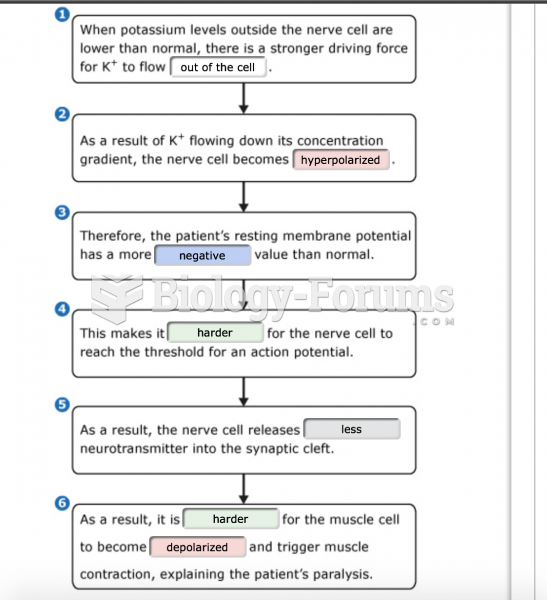After reading the paragraph below, answer the questions that follow.
Japanese stiltgrass is an invasive plant that was accidentally introduced to the United States in the early 1900s. It can be found on roadsides and in forests, and it has many impacts on native plants and animals. Biologists Jayna DeVore and John Maerz studied the effect of Japanese stiltgrass on American toads in their natural habitat. They enclosed American toads in cages with lycosid spiders and/or Japanese stiltgrass. The four treatments were (A) lycosid spiders and Japanese stiltgrass, (B) lycosid spiders without Japanese stiltgrass, (C) lycosid spiders and Japanese stiltgrass, and (D) no lycosid spiders and no Japanese stiltgrass. They compared the survival of American toads across the treatments (left graph). They also measured the density of lycosid spiders in different areas where Japanese stiltgrass was absent vs. present (right graph).

Source: DeVore, J. L., & Maerz, J. C. (2014). Grass invasion increases top‐down pressure on an amphibian via structurally mediated effects on an intraguild predator.
Ecology, 95(7), 1724-1730.
What hypothesis is best supported by these results?
◦ Japanese stiltgrass increases the number of American toads by converting more solar energy to chemical energy than native plants do.
◦ Japanese stiltgrass decreases the number of American toads by reducing the food supply (insects) of the toads.
◦ Japanese stiltgrass increases the number of American toads by decreasing species diversity of native plants.
◦ Japanese stiltgrass decreases the number of American toads by increasing the amount of habitat available to a predator (lycosid spiders) of American toads.







